Susan Alcorn’s Backpacking & Hiking Tales & Tips, #278, Dec. 2022
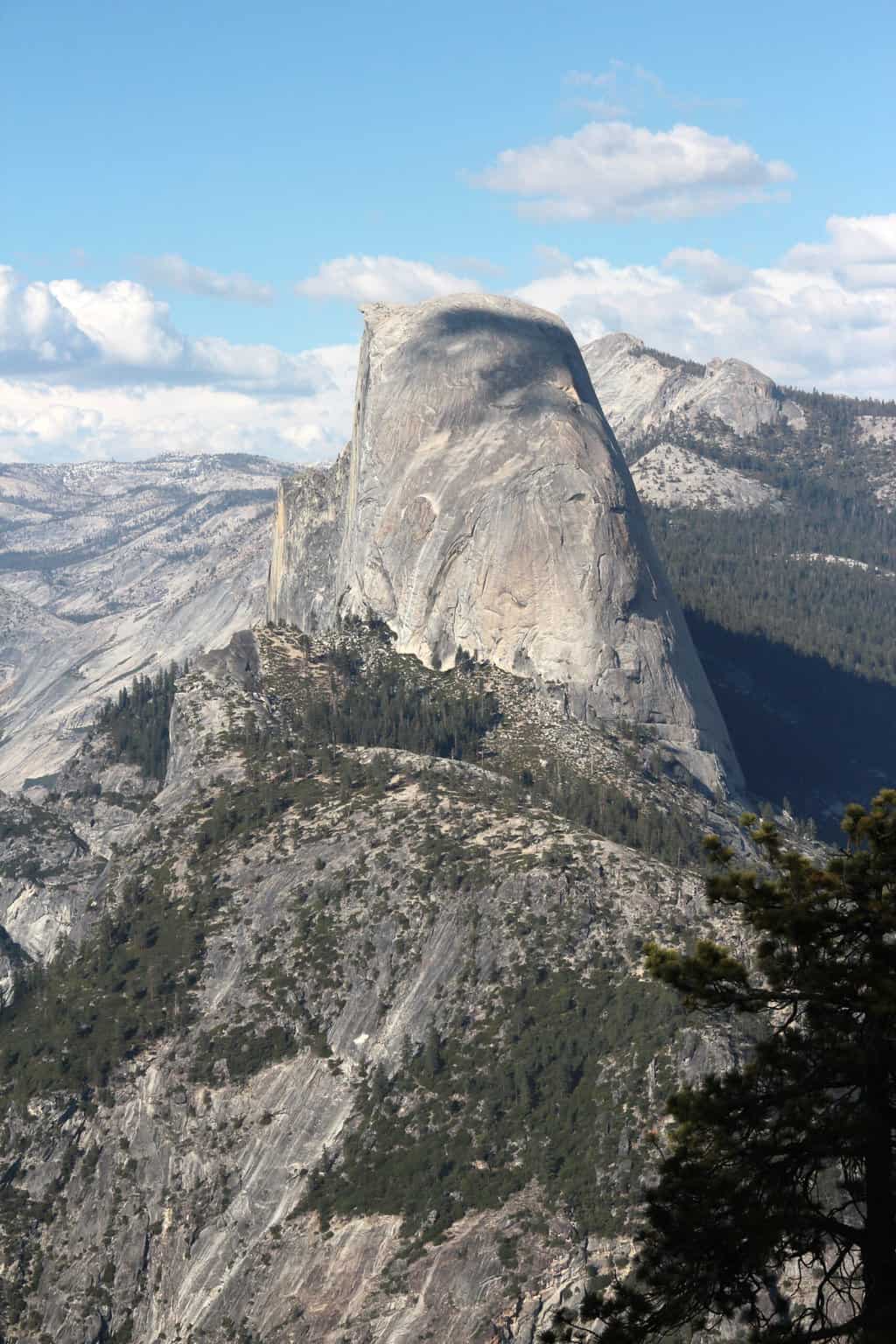
Happy Holidays!
Contents of Backpacking & Hiking Tales & Tips:
#1. Bay Nature Talks — online and free
#2. New! “Boots McFarland – 20 Years on the Trail”
#3. Camino info: Ivar discusses 2023 Brierley Camino Guidebook and Bed Bugs.
#4. Camino: Sylvia Nilsen’s Guided Camino walks
#5. Camino: Hospitalero Training in Point Reyes, Ntl. Park, California
#6. First Woman to do Continuous Trans-Canada hike
#7. Heather Anderson received new award, plus offers hints to hikers
#8. Jaunting Jan’s 2022, Jaunt, the Landscape. WOW Edition. JOY!
#9. Regional: Bay Area Ridge Trail. Tom Coroneos captures a grand peninsula hike.
Articles:
#1. Bay Nature Talks — free.
The delightful and informative Bay Nature Magazine offers free one-hour webinars. Whether you want to read “An Inside Lock at Bay Area Bobcats,” “Nature Journaling with John Muir Laws,” “A Year in the Life of the Urban Gray Fox,” or something equally fascinating, you can enjoy it from anywhere — “an indoor escape into the San Francisco Bay Area’s natural world.”
#2. New! “Boots McFarland – 20 Years on the Trail”.
Geolyn Carvin writes, “Hi Susan, Yes, I finally finished the new book…. Man, that took a while. I lost my mojo (like a lot of people during the pandemic) so gave myself permission to be lazy. But luckily I got my focus back.”
“Boots McFarland — 20 Years on the Trail spans the history of the Boots character from 2003 to 2022. It contains more than 130 comics moving through the seasons, showing the evolution of the artwork and of Boots’ personality. Its colorful illustrations are for grown-ups, though most kids will enjoy them too.”
“Geolyn Carvin has been in love with the mountains her whole life. She has completed the Pacific Crest Trail and the Tahoe Rim Trail. ‘I had a lot of experiences on my hikes, mostly amazing, sometimes uncomfortable, occasionally painful, and most often humorous. I enjoyed writing a journal and soon discovered that it was fun to draw a snapshot of the trail comedy that we all experience.”
#3. Camino info:
Ivar discusses 2023 Brierley Camino Guidebook, number of pilgrims, BED BUGS and more. Could be important info for pilgrims in this video. (Bedbug portion Starts at about 3:00).
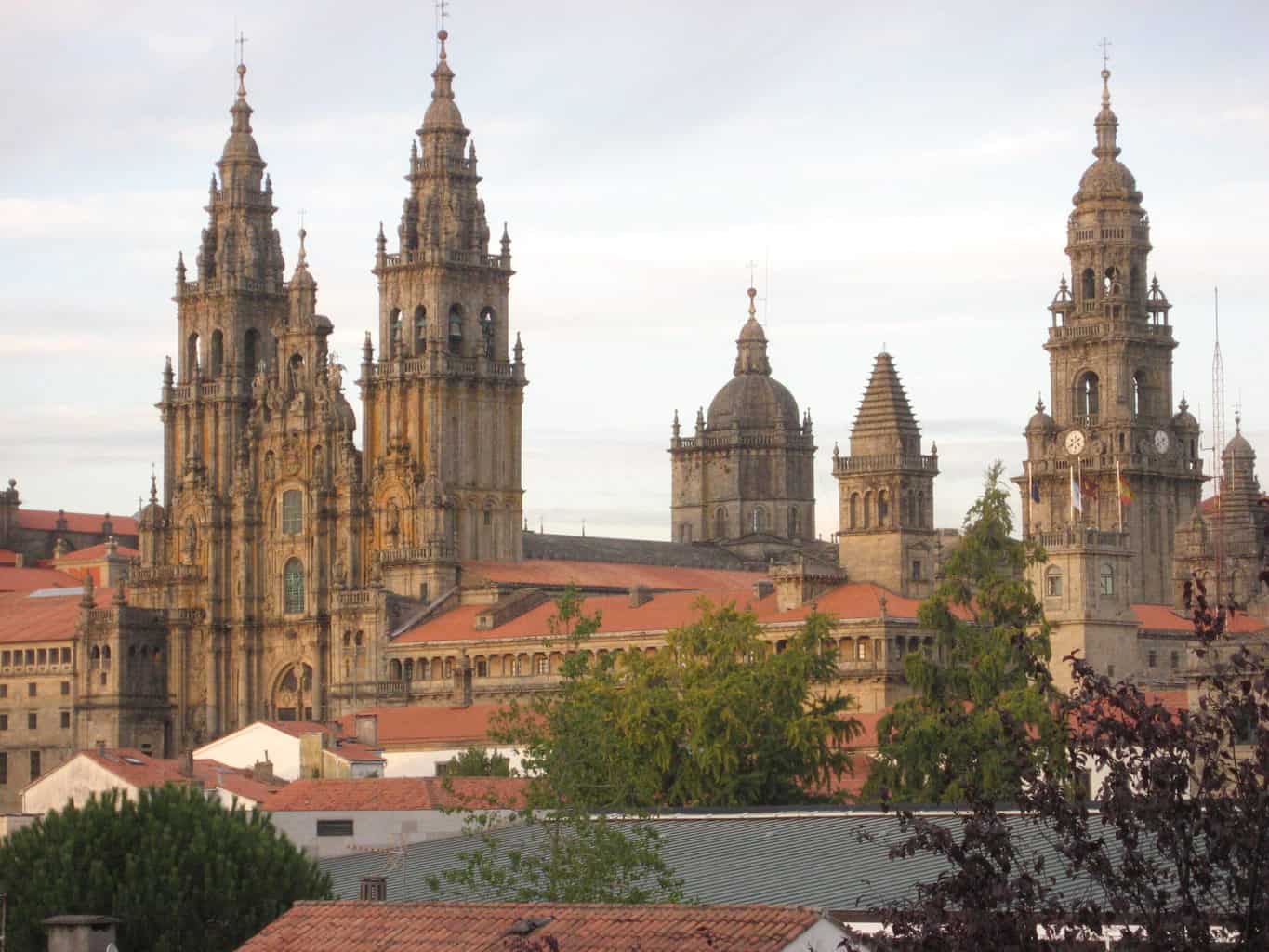 #4. Sylvia Nilsen’s guided Camino walks.
#4. Sylvia Nilsen’s guided Camino walks.
“In spring everything in northern Spain is green, the wildflowers are spectacular and the European storks have returned to their huge nests on towers and steeples to raise their chicks. amaWalkers Camino is offering a 17-day walk from St Jean Pied Port (in France) to Santiago de Compostela. On your 17-day Camino you will walk 255 km, across three scenic sections of the Camino Frances, averaging 16.5 km (10.25 miles) per day. The longest day is 22km (13.6 miles).
We arrange everything, accommodation, transport on the sections you don’t walk, luggage transfers and a group leader who will accompany the group. All you have to do is walk! Information and registrations on our website.
Sylvia is one of the women featured in my most recent book, Walk, Hike, Saunter: Tales and Trails from Seasoned Women Hikers.
#5. Camino Hospitalero Training, February 3-5, 2023.
The first American Pilgrims on the Camino Hospitalero training for 2023 has filled up, but there is a waitlist. A hospitalero supports other pilgrims on the road to Santiago.
Here are the current plans for next year:
February 3-5, Point Reyes, CA. Registration has filled up, but the waitlist is open. Follow this link for more information.
April 11-13, Zephyr Cove, NV (Lake Tahoe)
June 2-4, Stroudsburg, PA
September/October, TBA
The February training costs $295 and will be held at the Hi Point Reyes Hostel, 1390 Limantour Spit Rd., Point Reyes Station, CA 94956, and will begin at 4:00 PM on Friday, February 3, 2023, and conclude at 5:00 PM on Sunday, February 5, 2023. Sunday night lodging is available at the hostel for an additional $25.
To attend you must: Have walked at least 100 km or biked at least 200 km of the Camino; Have stayed in at least 2 non-private albergues; Be a current member of American Pilgrims on the Camino; Be at least 18 years old by January 15, 2023; Provide proof of COVID vaccination plus the Booster; Note: all attendees may be required to wear masks during the training. Bring your masks.
Training Schedule: Check-in: 4:00 PM on Friday, February 3, 2023; Training complete: 5:00 PM on Sunday, February 5, 2023. You must attend the entire training session to be certified! Make your travel plans accordingly!
Register here: February 3-5, 2023 Hospitalero Training
Email for any questions here. hospitalerotraining@americanpilgrims.org
#6. First Woman to do a continuous hike of Trans-Canada.
Melanie Vogel completed the 12,000-Mile Trans-Canada Trail hike on Saturday, November 12, and became the first woman to complete a continuous coast-to-coast-to-coast hike of the Trans Canada Trail. She hiked all the land-based miles of the 15,000-mile land and water route—26 million steps.
“Vogel started her journey on June 2, 2017 in Cape Spear, Newfoundland, and finished in Clover Point, Victoria, British Columbia.” She had originally planned to complete the hike in two years, but when COVID-19 began, “she was forced to reside in Yukon for a year and a half until she could resume hiking.”
Vogel was born and raised in Germany, and immigrated to Canada in 2008. “A 10-day trek to the Annapurna Base Camp in Nepal was her only previous long-distance hiking experience.”
The Trans Canada Trail (TCT), formerly known as the Great Trail, combines both land and water routes that, together, span over 24,000 km (14,912 mi). It is the longest trail network in the world, connecting the Atlantic, Pacific, and Arctic oceans.
Prior to Vogel’s accomplishment, Dianne Whelan was recognized as the first person to complete both the land and water routes of the TCT in August of 2021. In 2017, Sarah Jackson became the first individual to complete an east-to-west journey on the trail.
Learn more: https://tctrail.ca/news/melanie-vogel/ and https://thetrek.co/melanie-vogel-completes-historic-12000-mile-trans-canada-hike/
#7. Heather Anderson, aka Anish, gains new award, and more.
As her website says, she’s an explorer, trailblazer, thru-hiker. She’s also an award winner —including the hikers’ Triple Crown, has set many speed records on the trail, has hiked 45k foot miles, and was National Geographic Adventurer of the Year 2019. She has written two memoirs, published by Mountaineers Books, Thirst: 2600 Miles to Home (2019) and Mud, Rocks, Blazes: Letting Go on the Appalachian Trail (2021).
Her most recent honor was “becoming a member of the California Outdoor Hall of Fame. In her current issue, she writes, “To snuggle up with hot cocoa or tea and a good book. To take a moment and catch snowflakes on your tongue. To be grateful for the simple joys of being alive. The Danish call this ‘hygge’.”
Sign up for her Newsletter! Website here. If you sign up for the newsletter, “As a welcome bonus you’ll receive an excerpt from my upcoming book: Adventure Ready: A Hiker’s Guide to Planning, Training, and Resiliency…available only to my newsletter subscribers!”
Heather’s Hints from her December Gear Spotlight:
“The humble safety pin is often overlooked as a crucial piece of gear. Quite honestly, carrying a few of these in different sizes can save the day in so many ways. In addition to first aid (popping blisters) they can also repair a wide variety of gear and clothing failures.”
#8. Jaunting Jan shares highlights of travels and hikes in Colorado and more.
Jan (one of the women in Walk, Hike, Saunter) spent five months traveling and hiking this year. That’s especially noteworthy because it followed lengthy knee rehab. “This 5-minute video showcases my favorite scenes. May it bring smiles as we head into the holiday season.” Jan’s 2022 Jaunt, the Landscape WOW Edition. “JOY!
#9. And last but not least: Regional: Bay Area Ridge Trail video by Tom Coroneos.
Here, our friend Tom captures our delightful S.F. Peninsula hike. In late November, we did a hike of two Bay Area Ridge Trail segments: Russian Ridge and Windy Hill (8.3 miles). How many people are lucky enough to have a hiking companion who captures so many of the special moments we have on the trail? Tom is amazing. He hikes with us, goes home and takes a short nap, and then spends a couple of hours putting together his wonderful videos for us to enjoy the next day! +++++++
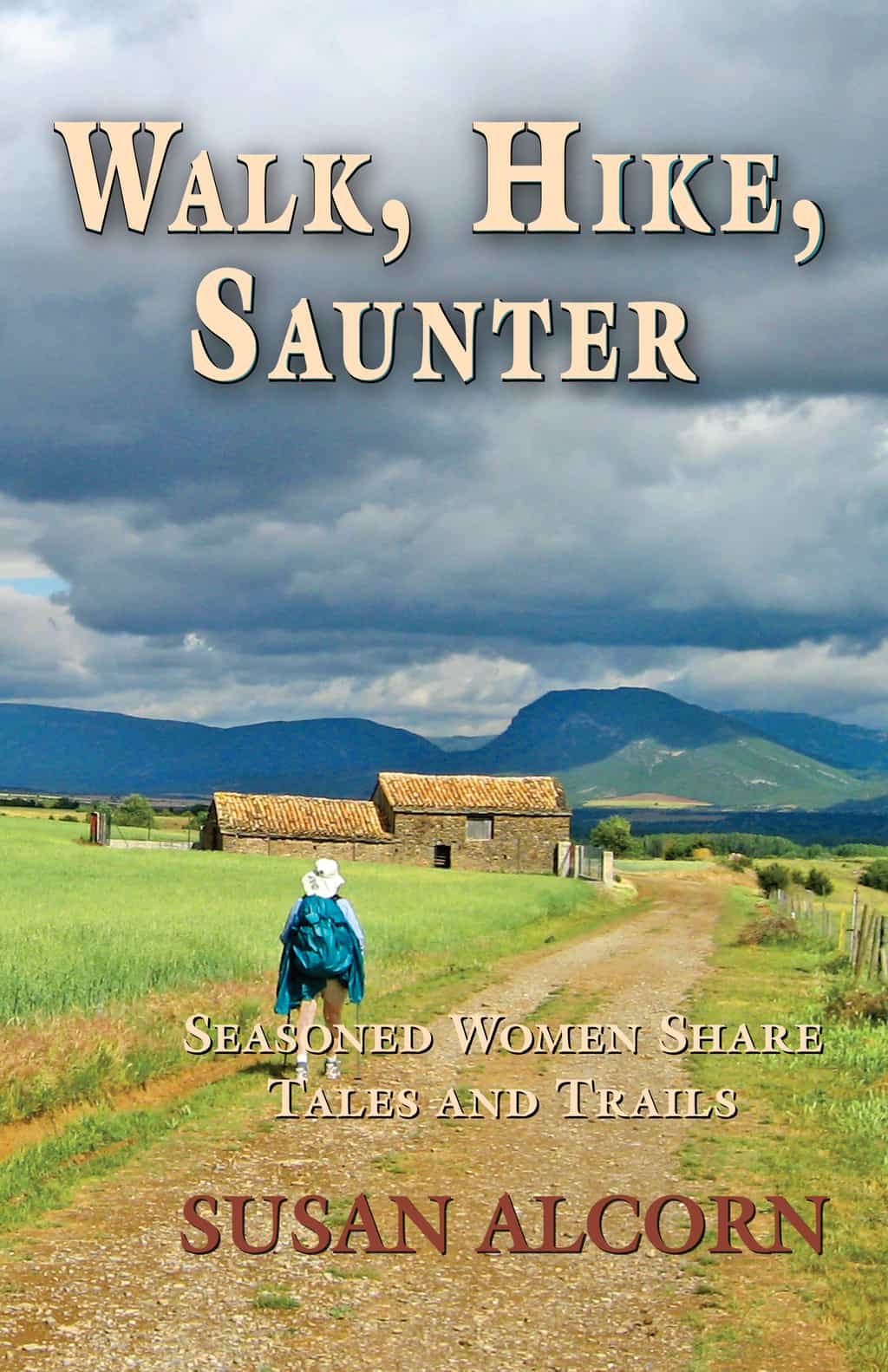
Thank you everyone. Stay well, keep hiking when prudent. I encourage you to send in items of interest to the hiking community to me at backpack45 “at sign” yahoo.com
Susan ‘backpack45’ Alcorn
Shepherd Canyon Books, Oakland, CA
https://www.susandalcorn.com
https://www.backpack45.com
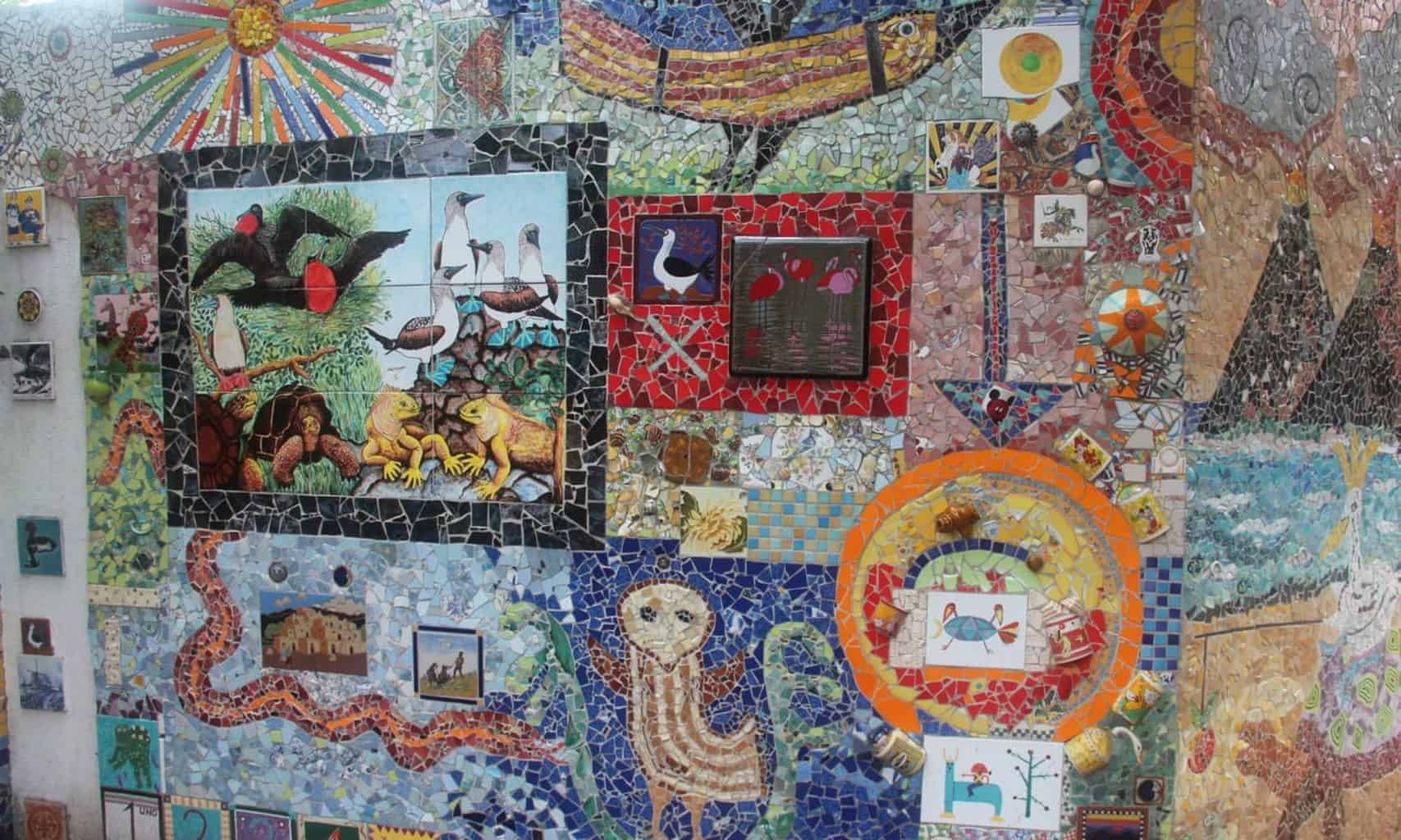
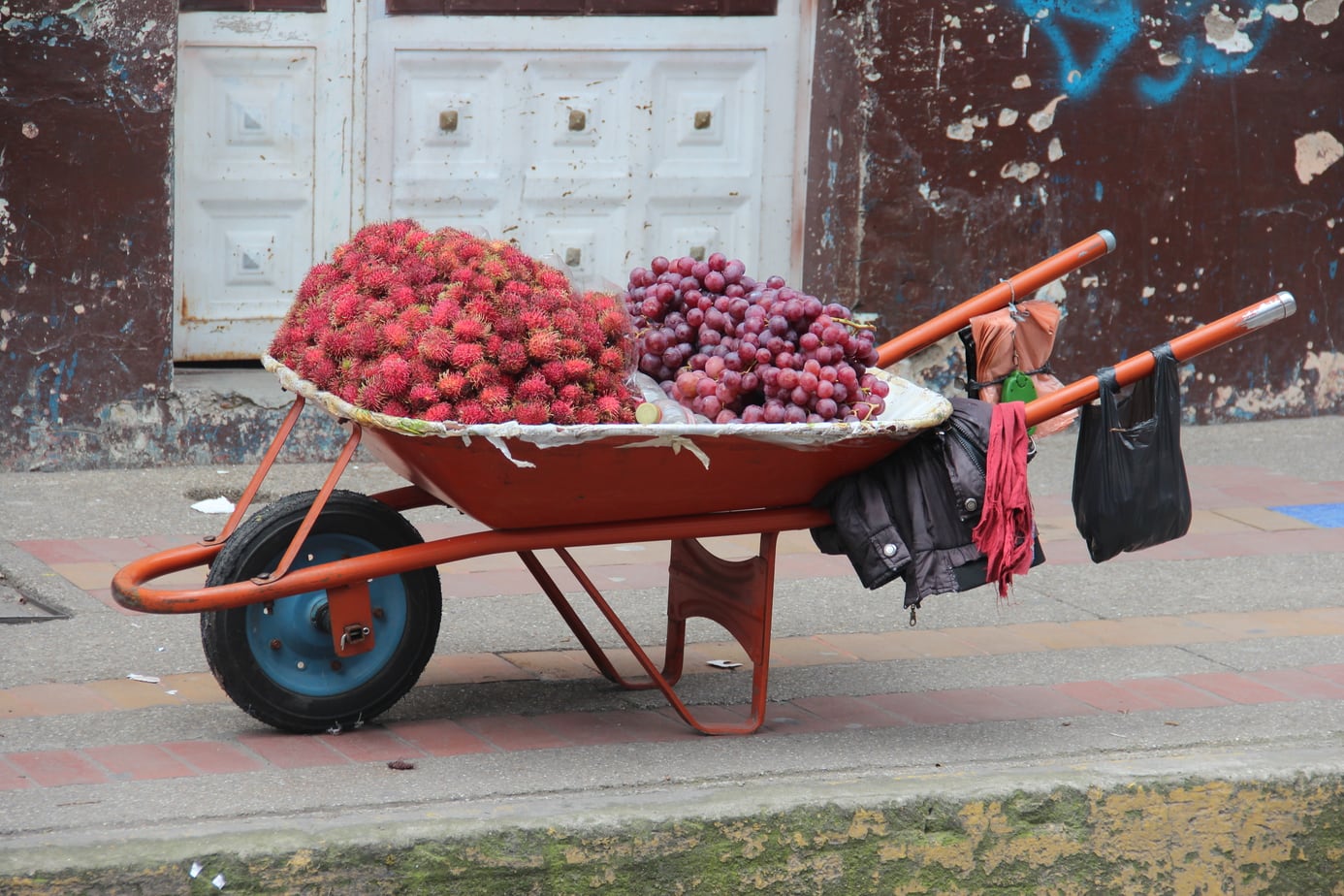


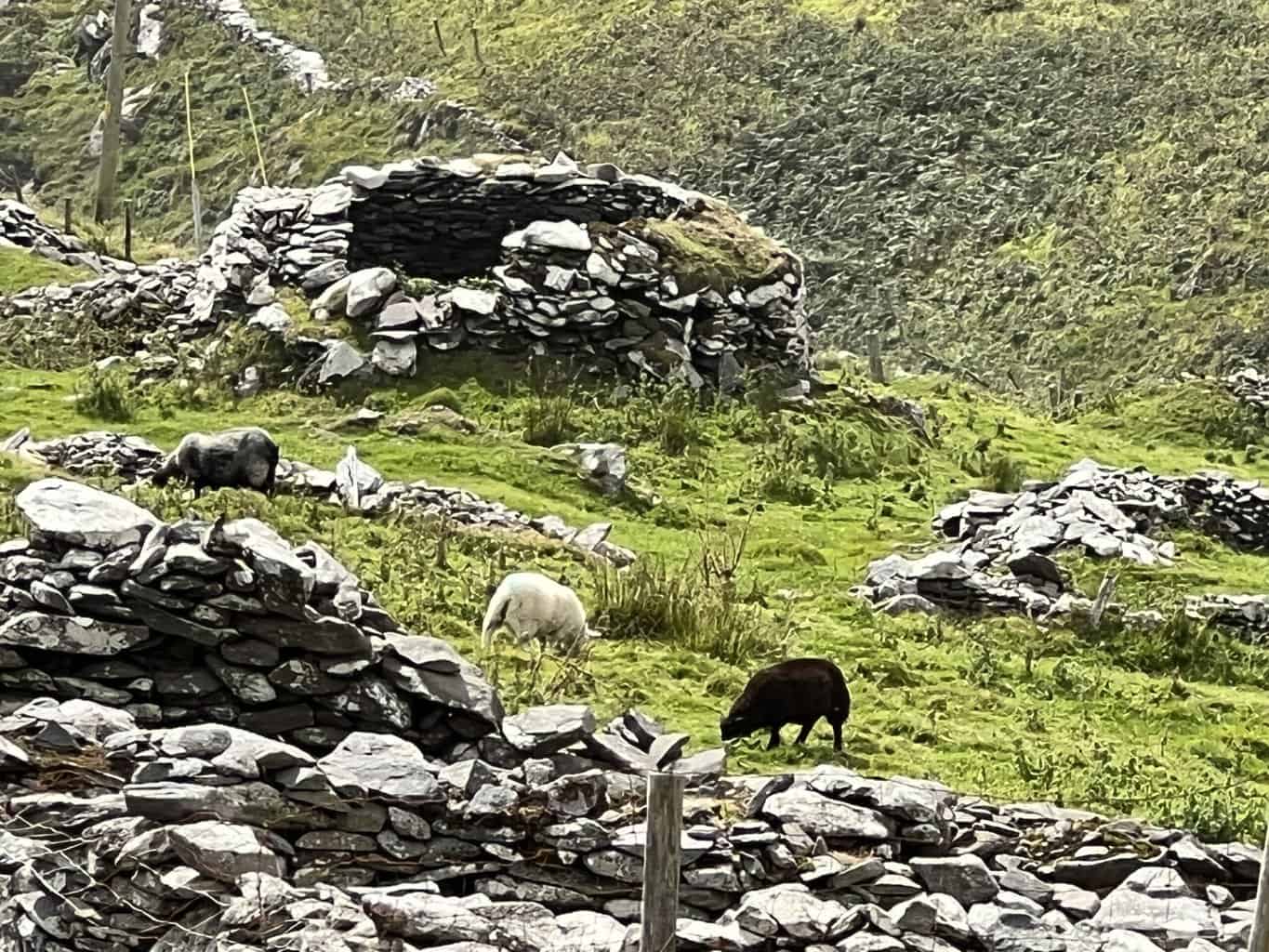
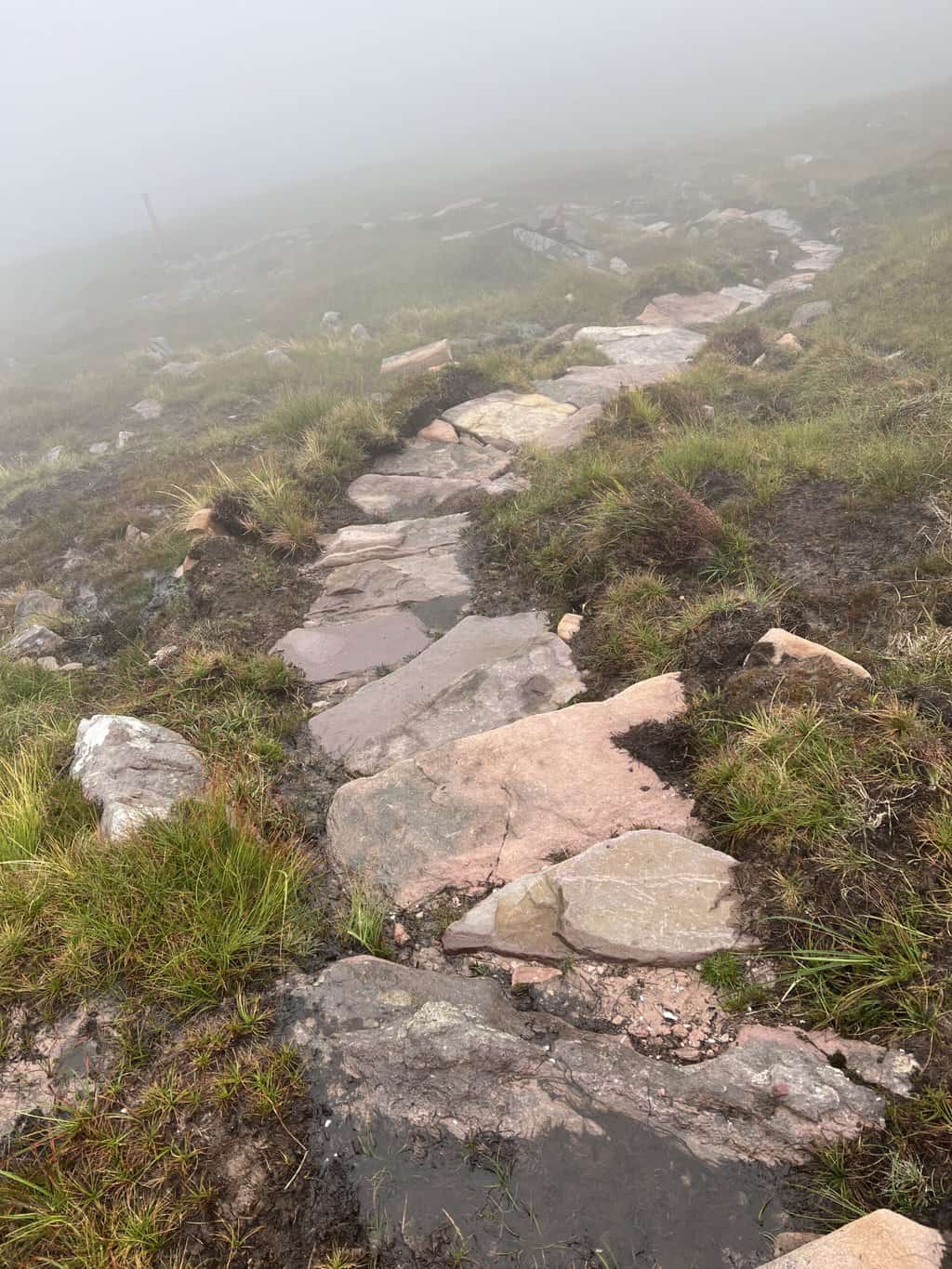
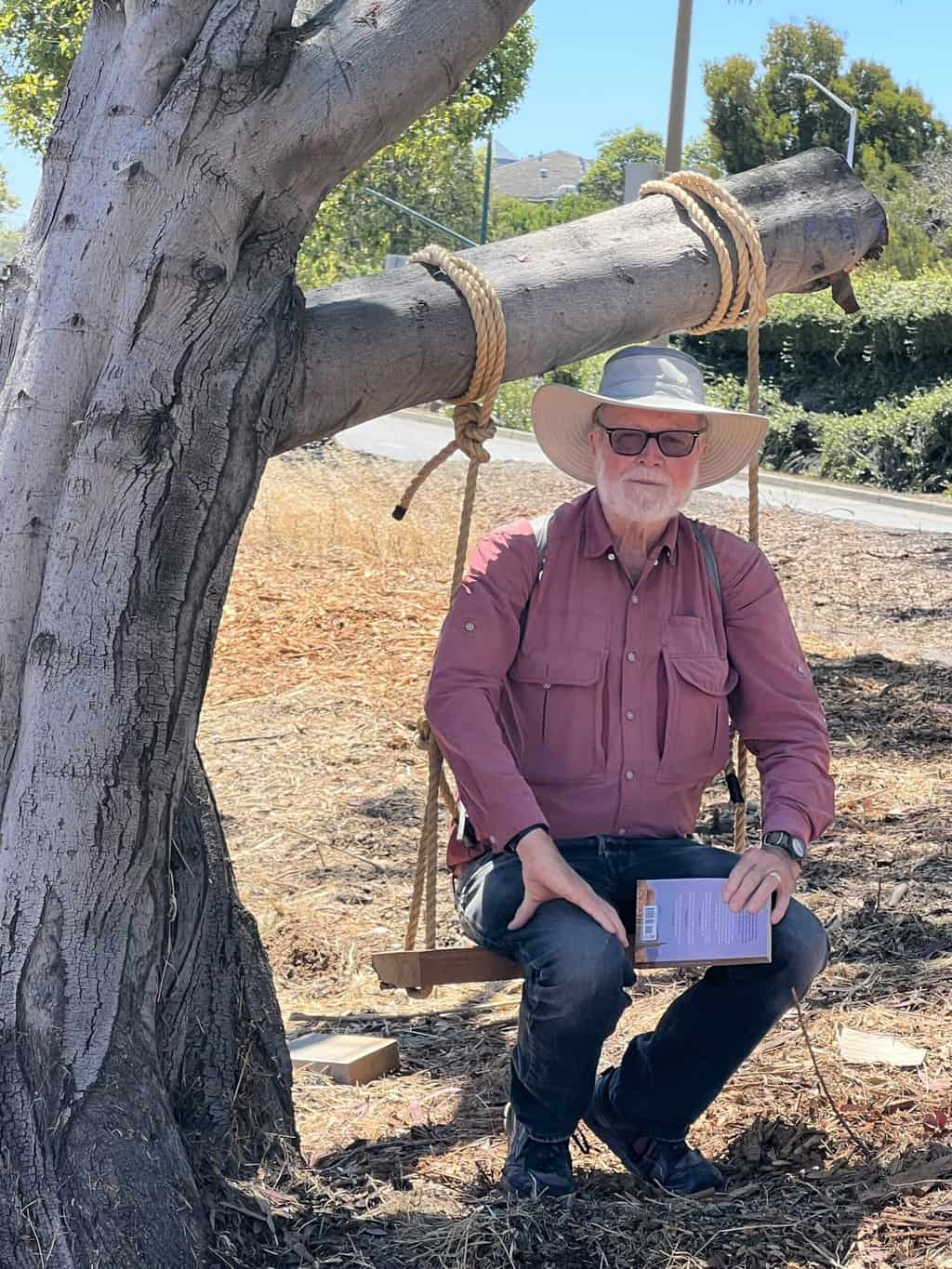
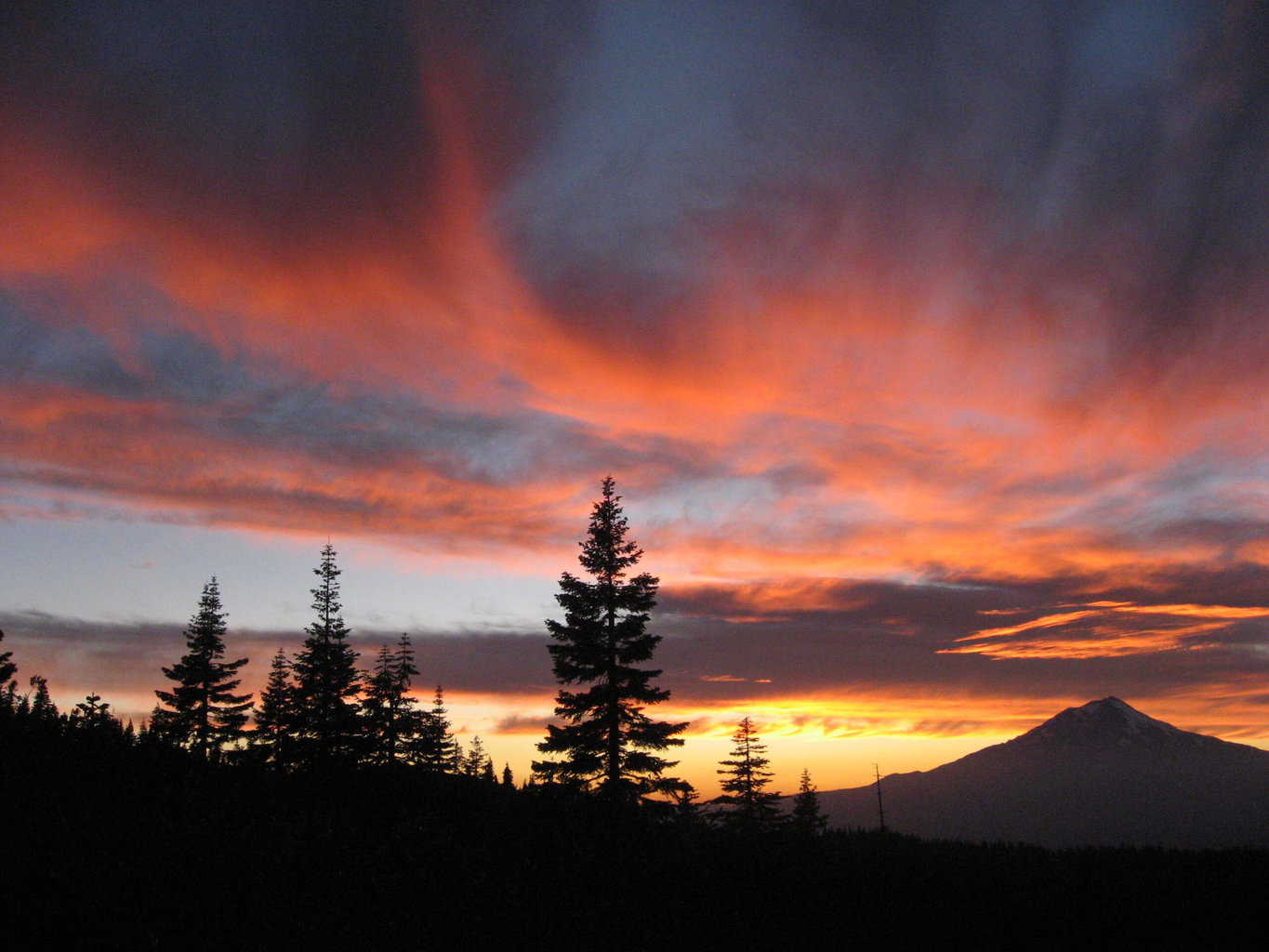
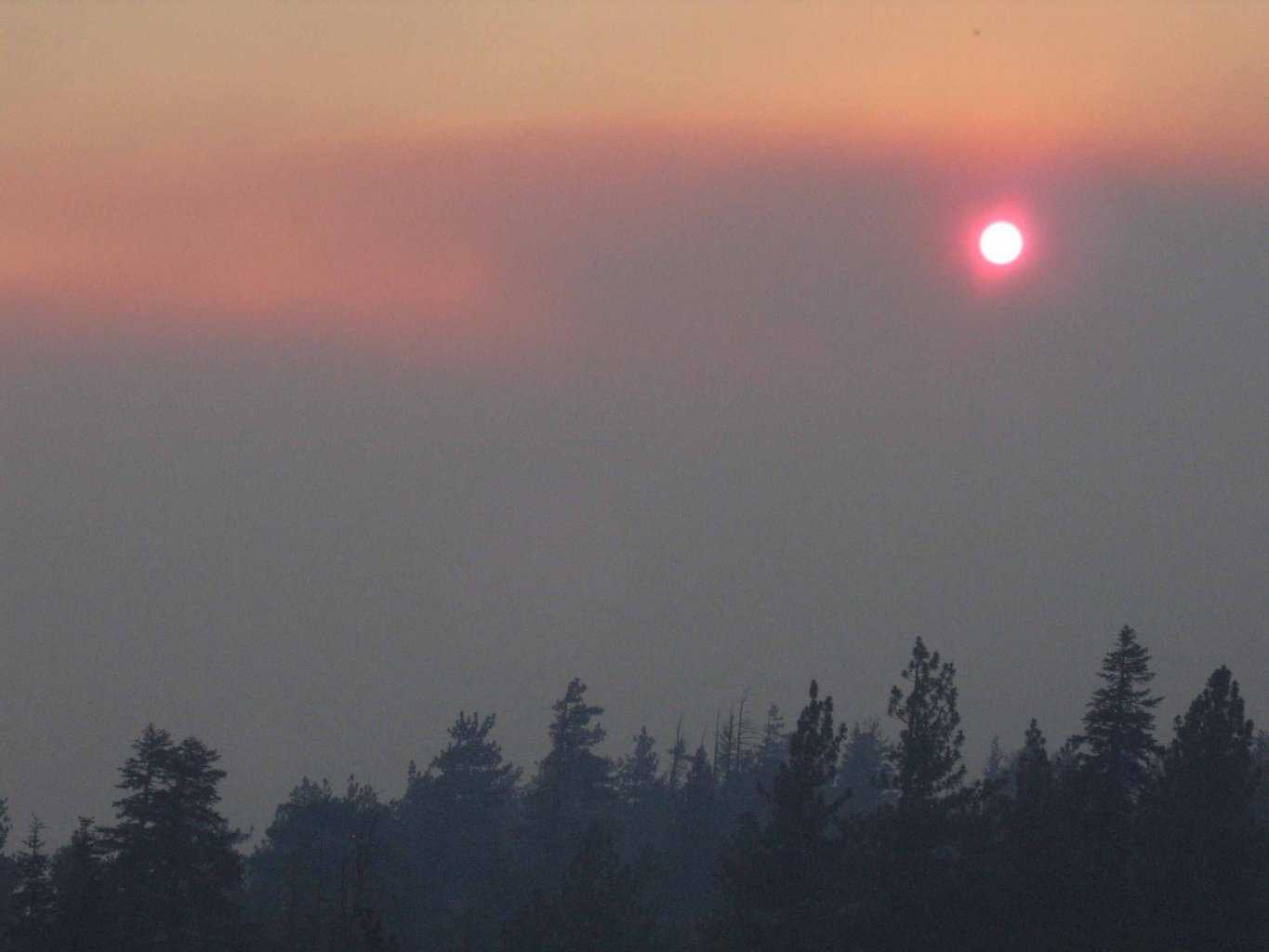

 Susan adds: Naomi was one of the women I featured in “Walk, Hike, Saunter: Seasoned Women Share Tales and Trails.”
Susan adds: Naomi was one of the women I featured in “Walk, Hike, Saunter: Seasoned Women Share Tales and Trails.” 
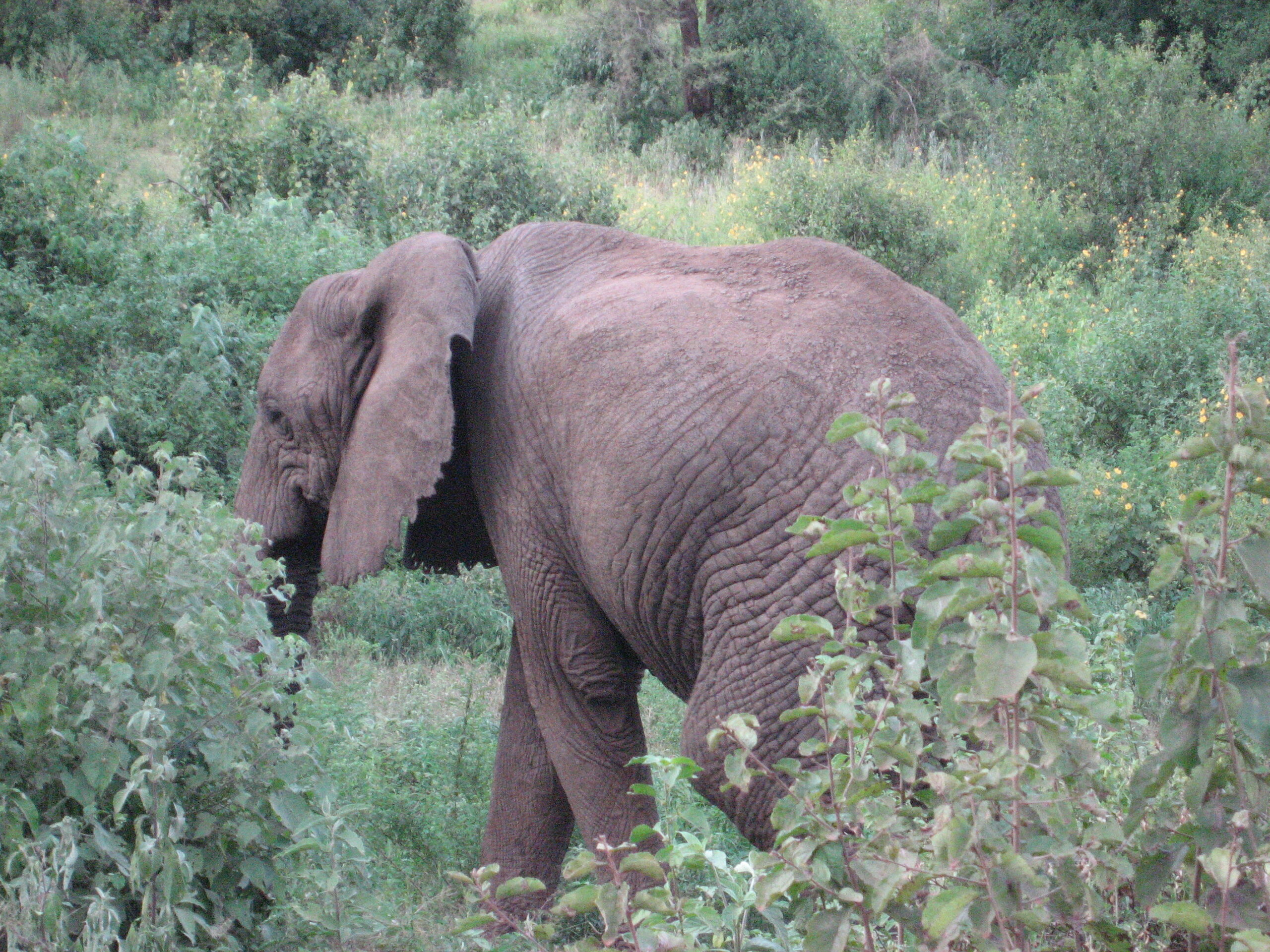 Susan Alcorn ©0169
Susan Alcorn ©0169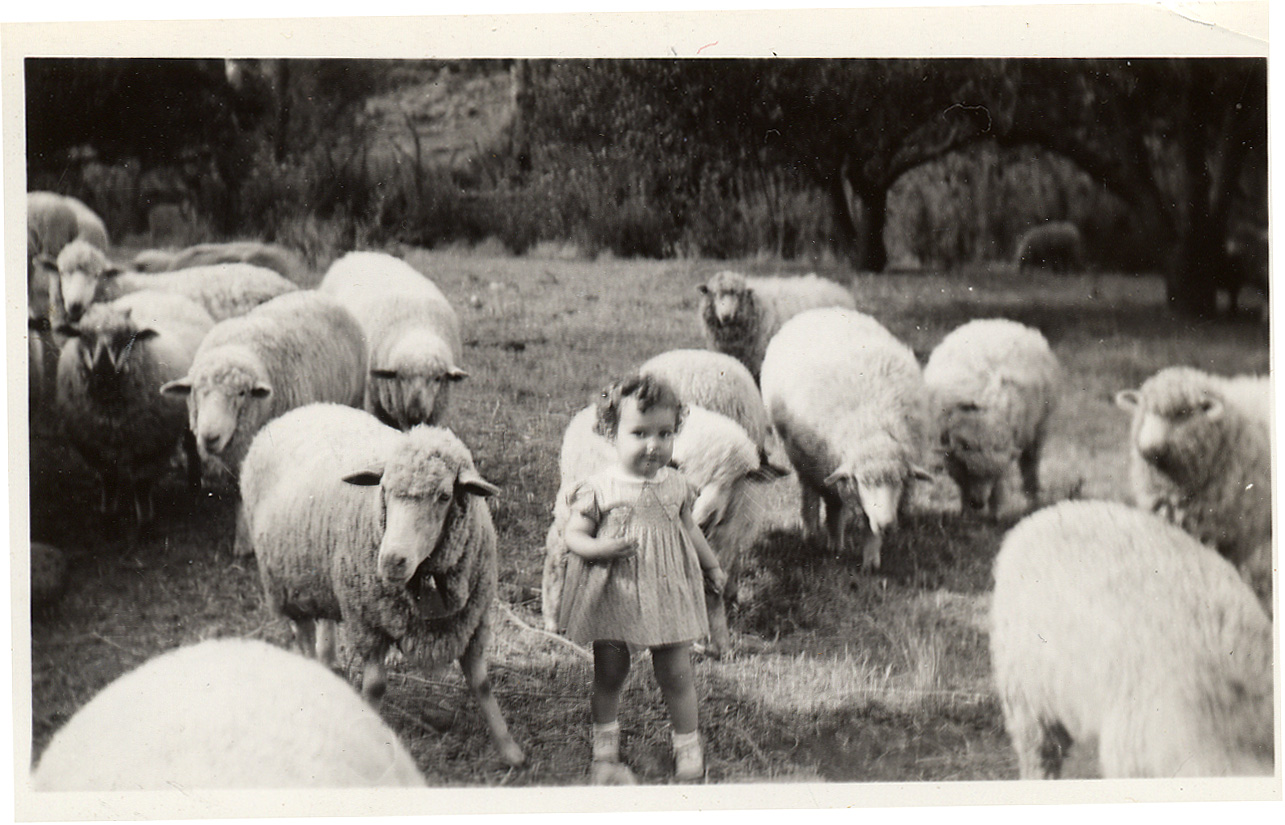 ;
;